2018 Volkswagen Atlas First Drive Review - Critical Mass

For whatever reason, Volkswagen has shied away from the mainstream, large, family vehicle market for decades. When most American parents and spawn headed to Wally World in massive station wagons, Volkswagen offered the Microbus. When minivans became the rage, the sages of Wolfsburg set forth the quirky, rear-engined Vanagon. And through the ‘90s, as the SUV became the default soccer mom transport, the Eurovan continued the tall and narrow van theme.
Certainly, the Routan was a typical minivan — albeit provided by Chrysler — and the Touareg followed a traditional (if pricey) luxury SUV path, but VW hasn’t been a player in the meat of the market. Considering the challenges the company has faced over the last couple years, Volkswagen simply cannot afford to yield high-volume market segments. Besieged dealers need something bigger than a midsized sedan to sell.
Most of all, as noted by Michael Lovati, Volkswagen’s Vice President of Midsize and Fullsize vehicles in North America, “VW needs to regain trust.”
Step one in rebuilding trust is the all-new, American-made 2018 Volkswagen Atlas, which aims squarely at the ever-popular three-row midsize crossover market, especially the beloved Ford Explorer and Honda Pilot.
Does Atlas hit the bulls-eye, or miss wildly?
A Crossover the Size Of Texas
The interior is similarly roomy, though 20.6 cubic feet of space behind the third row isn’t particularly spacious for a week’s worth of luggage for six. Fold that back row down, however, and you can load 55.5 cubes of stuff and things. Or, as the cheeky new commercial notes, other activities can be accommodated.
I was particularly impressed by the third row. While leg room isn’t quite as generous as most minivans, the adjustability afforded by the sliding second row gives most passengers plenty of space. That second row of seats can slide fore and aft over a range of 7.7 inches, giving plenty of options for seating. Again, thank that long wheelbase. Tall folks like myself wouldn’t want to spend all day in the wayback, but it’s not punishing for shorter trips. Kids will be pleased.
Access to that third row is simple, as shown below. The second row can fold forward with a touch of a lever – even with car seats fitted. Volkswagen is careful to note children shouldn’t be seated in those car seats while folding, else they may become intimately acquainted with the backs of the front seats.
Outward visibility is quite good; the A-pillars seem especially thin, minimizing blind spots. The eight-inch touchscreen infotainment system — a development of the MIB II system seen elsewhere throughout VW — is improved over the unit I tried in the Golf SportWagen in December. The screen itself is much more responsive, with more defined buttons and fewer phantom button presses.
Don’t Mess With Atlas
Otherwise, the big SUV has the typical dark plastic cladding surrounding the wheel arches, the sills, and the lower front and rear bumpers.
The photos don’t do the yellow paint justice. The Kurkuma Yellow Metallic paint looks magnificent, especially with bright sunshine reflecting off the hood. The furious negotiations between VW reps and the various journalists to be the ones driving the few yellow Atlases was a sight in itself. Alas, your scribe wasn’t so skilled at fighting, resulting in the Platinum Gray Metallic SEL Premium trim shown atop the page.
Imagine A GTI Truck
That shared architecture was evident as I set upon the rolling two-lanes of Texas Hill Country, where a friendly pickup driver mercifully warned of a speed trap set just over a rise by the local constabulary. The flashing headlamps alerted me to my inadvisable pace, which was stemmed quickly by the excellent brakes. I found myself reminded of other, significantly smaller Volkswagens when the roads turned twisty — the Atlas, while obviously neither a sports car nor a hot hatch, rewards brisk driving with a solid, well-damped platform that turns in beautifully with relatively minimal body roll.
The chipseal two-lanes I encountered did reveal a good bit of road noise. Naturally, the higher-spec SEL Premium with 20-inch tires was noisier than the SE trim, shod with 18-inch rubber. The better pavement on the interstate made a difference from below. Higher speeds — say, over 50 mph — highlighted some wind noise from the A-pillar, though not enough to require a change in stereo volume.
Under the hood is a familiar powerplant: Volkswagen’s venerable 3.6-liter VR6, as also found in the Passat and Touareg. Here, it produces 276 horsepower and 266 lb-ft of torque, and is up to the task of motivating the 4,502 pound, all-wheel-drive Atlas briskly. Both the VR6 and the coming 2.0-liter turbo four-cylinder (235 hp, 258 lb-ft) are mated to an eight-speed automatic transmission. The standard, fuel saving, start-stop feature is perhaps the least intrusive system I’ve yet experienced. Most vehicles tend to shudder to a rattling start when so equipped. Not so in the Atlas, which smoothly, seamlessly starts with barely a sound.
A Texas-Sized Value?
A well-equipped SE with Tech trim – which adds remote start, keyless entry with push-button start, three-zone automatic climate control, leatherette heated seats, an 8-inch touchscreen with eight speakers, and a suite of safety features including adaptive cruise control, blind spot monitoring, and lane keeping assist — will fetch $38,015 for a front-drive model, or $39,915 with 4Motion all-wheel drive.
The top SEL Premium, available only with all-wheel drive, stickers at $49,415, and is fitted with a factory-installed trailer hitch and raises the tow rating to 5,000 pounds. Full-leather seating is included, as well as ventilated front seats and a 12-speaker Fender premium audio system. The SEL Premium also has a 12.3-inch Volkswagen Digital Cockpit that replaces the driver’s gauge cluster, allowing for driver-adjustable configuration of the display.
Four-cylinder models will be offered later, starting at $31,425 for the S trim, stretching to $40,085 for the SEL package.
All prices include a $925 destination charge.
Considering the significant challenges Volkswagen has faced from regulatory bodies and dealerships, an excellent product is vital to show the brand in a positive light — and to ensure the continued survival of Volkswagen on this continent. VW can’t weather another half-baked family hauler. The Atlas is thoroughly conventional, conservative, and competent, which is precisely what Volkswagen needs.
[Images: © 2017 Chris Tonn; Volkswagen of America]

Some enthusiasts say they were born with gasoline in their veins. Chris Tonn, on the other hand, had rust flakes in his eyes nearly since birth. Living in salty Ohio and being hopelessly addicted to vintage British and Japanese steel will do that to you. His work has appeared in eBay Motors, Hagerty, The Truth About Cars, Reader's Digest, AutoGuide, Family Handyman, and Jalopnik. He is a member of the Midwest Automotive Media Association, and he's currently looking for the safety glasses he just set down somewhere.
More by Chris Tonn
Latest Car Reviews
Read moreLatest Product Reviews
Read moreRecent Comments
- Probert They already have hybrids, but these won't ever be them as they are built on the modular E-GMP skateboard.
- Justin You guys still looking for that sportbak? I just saw one on the Facebook marketplace in Arizona
- 28-Cars-Later I cannot remember what happens now, but there are whiteblocks in this period which develop a "tick" like sound which indicates they are toast (maybe head gasket?). Ten or so years ago I looked at an '03 or '04 S60 (I forget why) and I brought my Volvo indy along to tell me if it was worth my time - it ticked and that's when I learned this. This XC90 is probably worth about $300 as it sits, not kidding, and it will cost you conservatively $2500 for an engine swap (all the ones I see on car-part.com have north of 130K miles starting at $1,100 and that's not including freight to a shop, shop labor, other internals to do such as timing belt while engine out etc).
- 28-Cars-Later Ford reported it lost $132,000 for each of its 10,000 electric vehicles sold in the first quarter of 2024, according to CNN. The sales were down 20 percent from the first quarter of 2023 and would “drag down earnings for the company overall.”The losses include “hundreds of millions being spent on research and development of the next generation of EVs for Ford. Those investments are years away from paying off.” [if they ever are recouped] Ford is the only major carmaker breaking out EV numbers by themselves. But other marques likely suffer similar losses. https://www.zerohedge.com/political/fords-120000-loss-vehicle-shows-california-ev-goals-are-impossible Given these facts, how did Tesla ever produce anything in volume let alone profit?
- AZFelix Let's forego all of this dilly-dallying with autonomous cars and cut right to the chase and the only real solution.



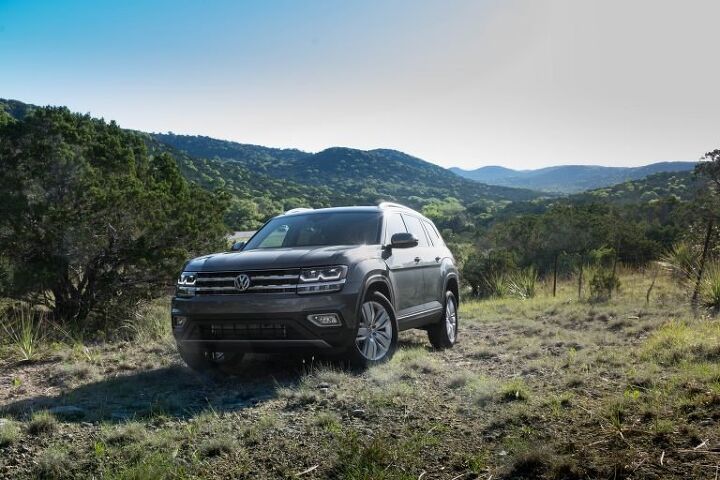
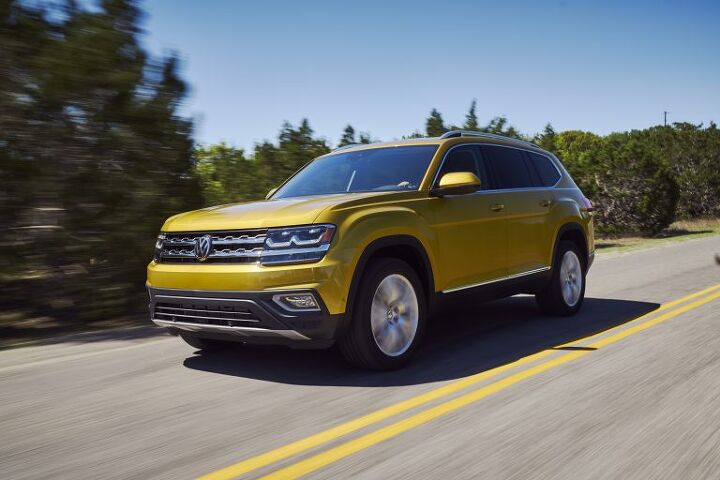



















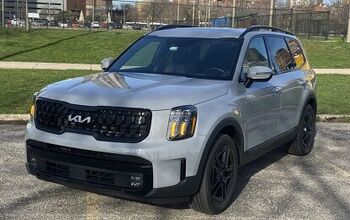

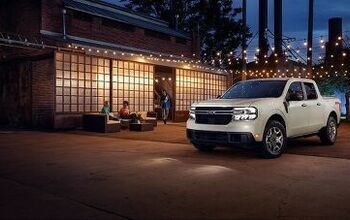

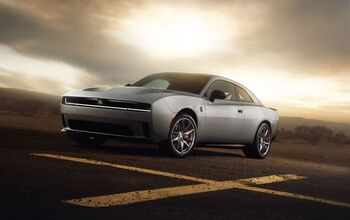

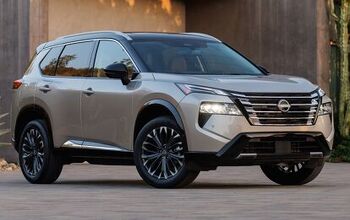
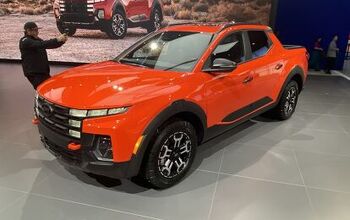
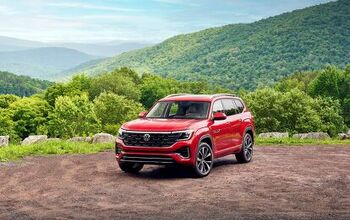
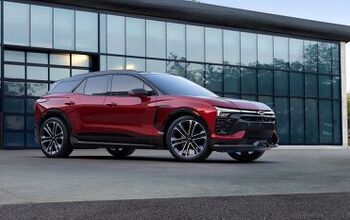
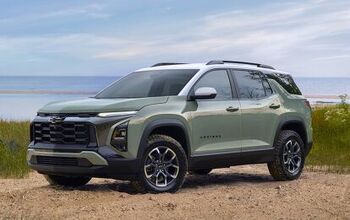
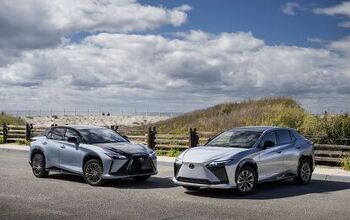
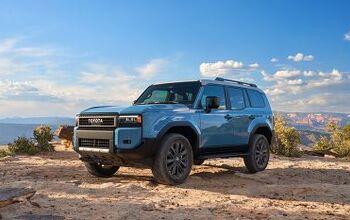
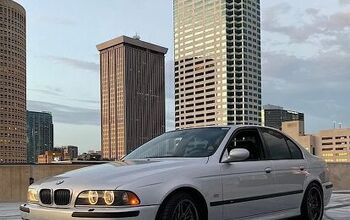



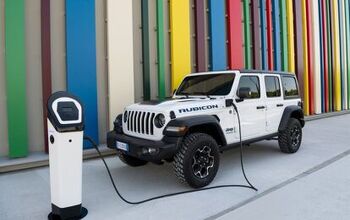
Comments
Join the conversation
Needs a V8. Or maybe a W12?
If the floor height is close to the old Pacifica, it's going on my shortlist.